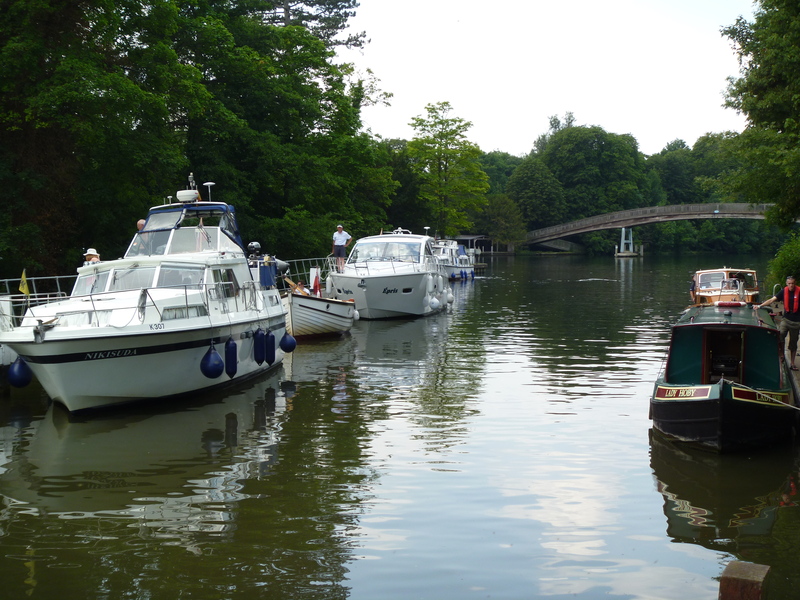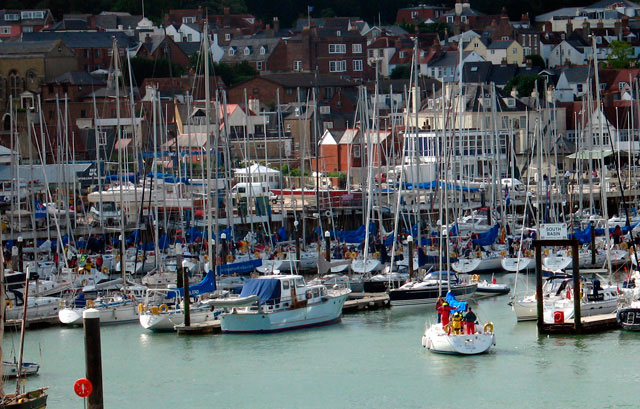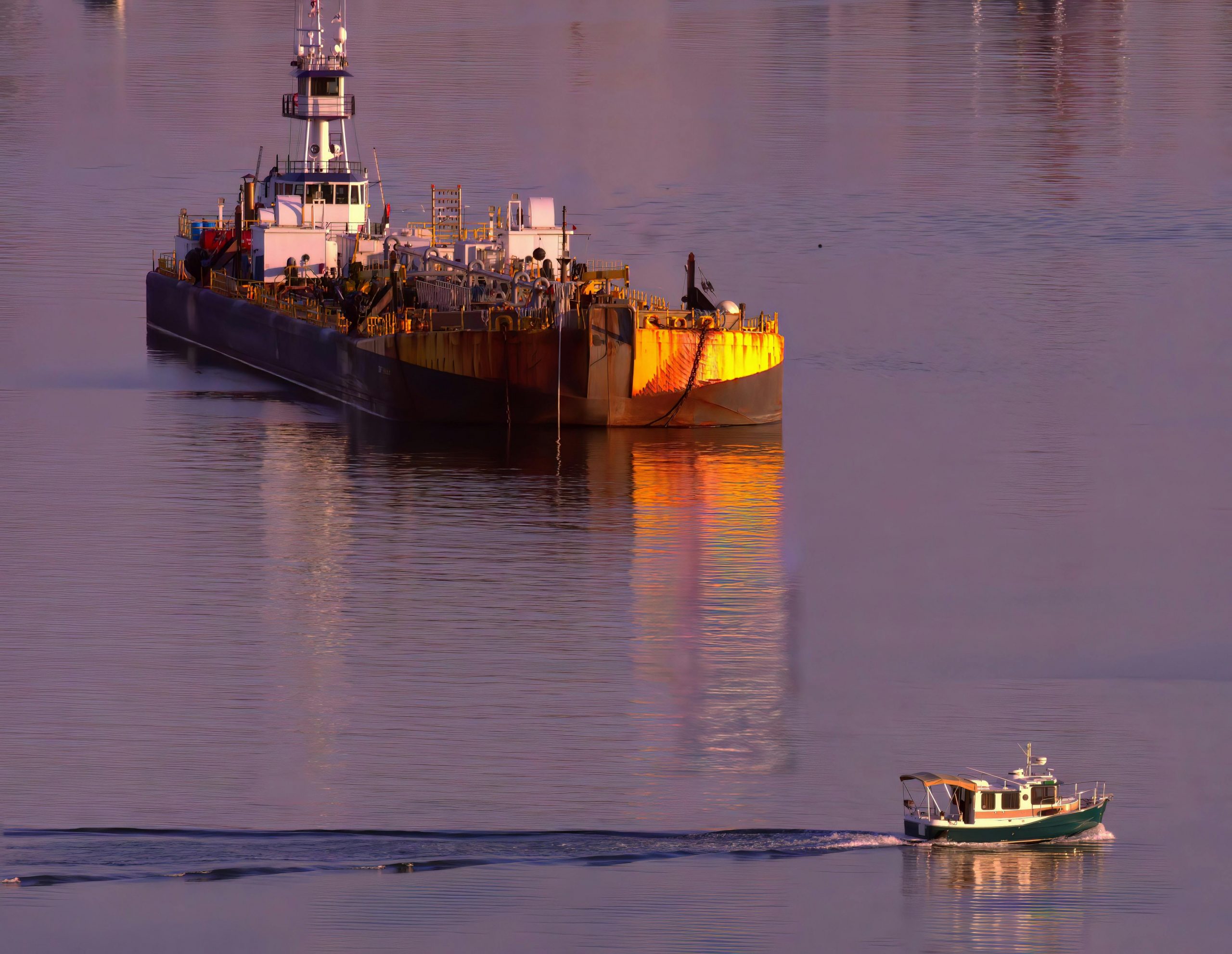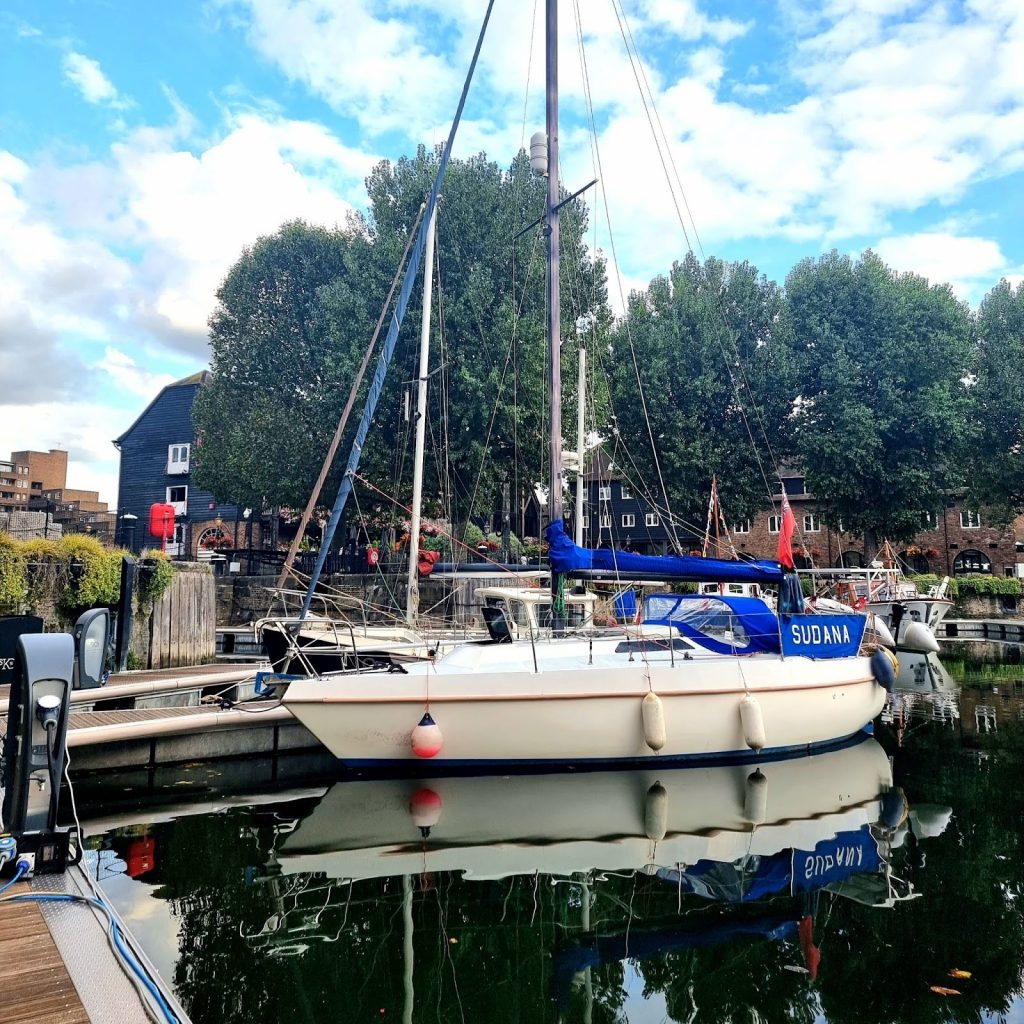Over the winter the RYA launched a video campaign to highlight the dangers of carbon monoxide poisoning on boats – aimed at reducing incidents, fatalities and ill health related to the poisonous gas.
The video campaign kicked off with a &feature=youtu.be">festive mannequin challenge as a teaser to grab people’s attention and was followed up with a longer, more informative video that outlines the sources and symptoms of CO poisoning.
Ultimately the campaign intended to encourage boaters to think about their actions and install an alarm that is certified to the British Standard as suitable for use when camping and/or in recreational vehicles such as boats and caravans (BS EN50291-2:2010).
Known as ‘the silent killer’ because you can’t see, smell or taste it, Carbon Monoxide kills 40 people a year across the UK while injuring thousands more. There are many sources of Carbon Monoxide on boats including engines, generators, solid fuel burners and cookers. Canopies on deck can allow poisonous gases to build up, rapidly reaching fatal levels. Ventilation is essential.
Back in 2014 we reported on the hazards of Carbon Monoxide poisoning in the RYA Safety Advisory Notice following the MAIB investigations into two double fatalities in North Yorkshire and the Lake District. Despite considerable publicity about the dangers of Carbon Monoxide, another couple sadly died on the Norfolk Broads in the summer of 2016 when they were overcome by the fumes from their idling petrol engine.
More recently a man was killed by Carbon Monoxide poisoning in Cardiff onboard his privately-owned cabin cruiser in November 2016 – and another investigation is underway.

Carbon monoxide is a colourless, odourless gas, hence the silent killer tag, and can kill quickly if inhaled in high concentrations.
At lower levels of CO as it begins to take effect, the symptoms of poisoning are similar to flu or food poisoning, and include headaches, nausea and dizziness.
As time passes and, or the amount of CO builds, you may suffer chest pains and breathlessness leading to seizure, unconscious. And if nothing is done, death can happen quickly after that. So the early recognition of the symptoms is critical and action to get out to fresh air straight away can save lives.
Know the risks
This deadly poison gas has multiple potential sources on boats including all fuel-burning appliances, flues, chimneys, engine exhausts and charcoal BBQs.
In particular, the Boat Safety Scheme warns that CO build-up in the confined space of boat cabins can occur with one or a mix of these factors:
-
Faulty, badly maintained or misused appliances
-
Exhaust fumes from a boat's engine or generator
-
Escaped flue gases from solid fuel stoves
-
Blocked ventilation or short supply of air - fuels need the right amount of oxygen to burn safely
Graham Watts of the Boat Safety Scheme said: “Over a million people go boating free from harm each year, but to go boating safely, the risks need treating with due respect. Carbon monoxide in a small space like a boat cabin has to be avoided.
“By following the basic advice on our website and by having CO alarms on board as a back-up, you should have a happy and incident-free time afloat.”
Our advice on avoiding a carbon monoxide incident is to:
-
Know the risks and spot potential hazards early
-
Know symptoms of CO poisoning and how to react if is suspected
-
Install fuel burning appliances properly
-
Maintain appliances and engines routinely, competently and without bodges
-
Use equipment correctly – never use cookers for space heating
-
Air is vital for fuel-burning appliances – never block ventilation, allow a sufficient supply
-
Don’t bring charcoal BBQs on board during or after use
-
Keep engine fumes out of the cabin, never use a portable generator on the boat – if you can smell exhaust fumes aboard you may be at risk
-
Deal with problems immediately, never use equipment you suspect has problems
-
Install a certified CO alarm (BS EN50291-2:2010), test it routinely and never remove the batteries except to replace them
With winter now in full swing, we’re reminding boaters that even low-levels of the poison can cause lasting damage to your health. It’s vital to have a working Carbon Monoxide detector.
The 2017 RYA Safety Advisory Notice, set to be launched in the new year, will also seek to highlight just how quickly the poisonous gas can overcome victims.
CO detectors alarm at a low concentration levels to give a person time to react and regrettably it appears that these are often mistaken as false alarms rather than early warning and are switched off!
The message is quite clear – understand the dangers and sources of Carbon Monoxide. If the alarm sounds, take action to shut off sources of CO (engines, generators, open flame appliances) if safe to do so, get clear of fumes into the fresh air and seek medical attention immediately.
More information is available on the RYA safety hub, or you can visit www.boatsafetyscheme.org/co
More recently a man was killed by Carbon Monoxide poisoning in Cardiff onboard his privately-owned cabin cruiser in November 2016 – and another investigation is underway.
Carbon monoxide is a colourless, odourless gas, hence the silent killer tag, and can kill quickly if inhaled in high concentrations.


